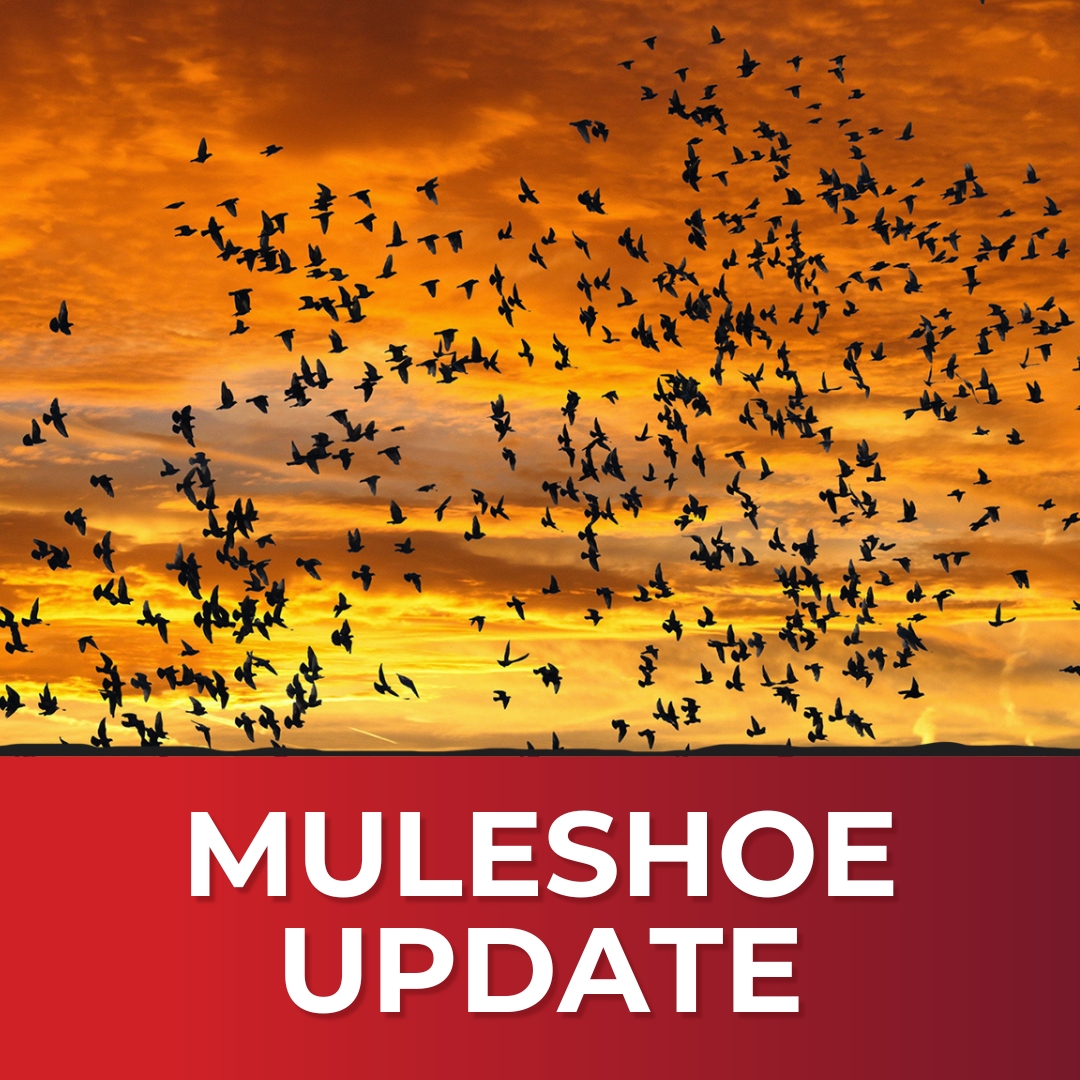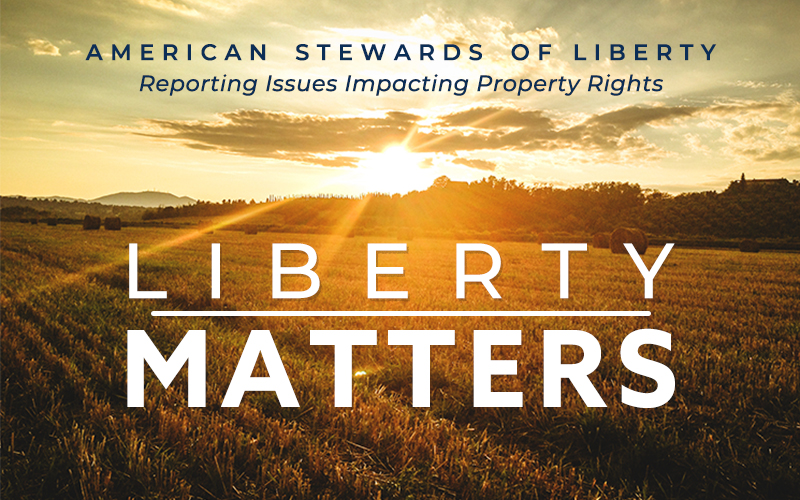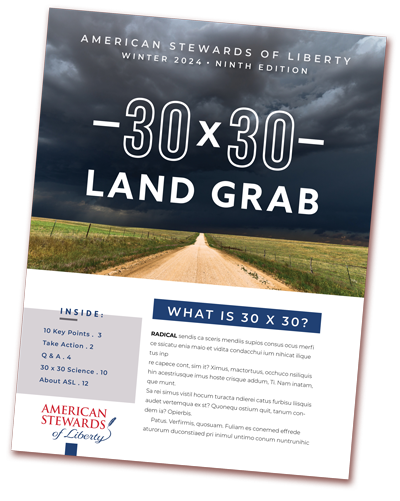Local efforts to stop the 700,000-acre expansion of the Muleshoe National Wildlife Refuge are growing.
To date, the New Mexico counties of Roosevelt, Chaves and Lea, as well as the New Mexico Border Soil and Water Conservation District have passed resolutions opposing the expansion.
On the Texas side, the Counties of Lamb and Parmer have made their opposition official as well as the City of Littlefield and the Sudan School District. These entities have also authorized the creation of a 391 Planning Commission to challenge the federal expansion plan.
Under Texas state law local governments can organize a planning commission when two counties, two cities, or one county and one city resolve to create the entity. This then requires state agencies, and the Federal agencies they are working with, to coordinate the plan with the local governments instead of ignoring and working around them.
Section 391.009(c) of Texas’ Local Government Code, states “In carrying out their planning and program development responsibilities, state agencies shall, to the greatest extent feasible, coordinate planning with commissions to ensure effective and orderly implementation of state programs at the regional level.”
One of the controversies surrounding the expansion is how it will be paid for. The local manager of the Refuge claims only monies from the Federal Duck Stamps program will be used to purchase the land and conservation easements.
However, in a recent press release, the Department of Interior (DOI) announced more than $157 million in grant money had been approved to conserve Wetland Conservation Projects and National Wildlife Refuges.
The DOI announced more than $46.2 million in grants had been approved by the Migratory Bird Conservation Commission to “conserve and restore 91,425 acres of wetland and associated upland habitats for waterfowl, shorebirds and other birds in 17 states.” In addition, “these grants, made through the North American Wetlands Conservation Act (NAWCA), will be matched by more than $99.1 million in partner funds.”
Since 1934, the Migratory Bird Conservation Fund has historically been funded from the sale of Duck Stamps and import duties on imported arms and ammunition sales. However, it is clear that the DOI wants to speed up acquisitions for refuge expansions by approving millions in grants and matching grants from partners.
Secretary Deb Haaland said: “Today’s announcement demonstrates our commitment to the Biden-Harris administration’s America the Beautiful initiative by conserving America’s lands and waters that support biodiversity, protect communities from climate change, and foster resilience for future generations.”
Creating a local Planning Commission will allow the people surrounding the federal refuge the ability to protect their community, private property, industries, and local tax base and prevent the federal government from destroying the region’s prosperity.





